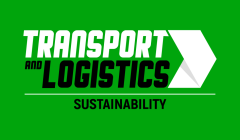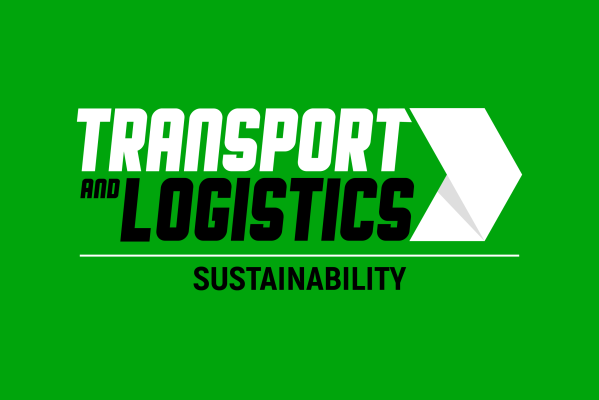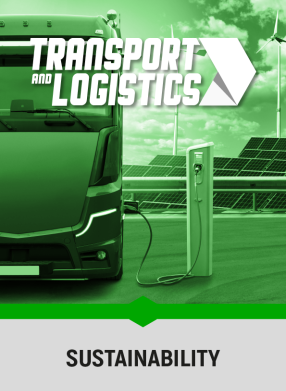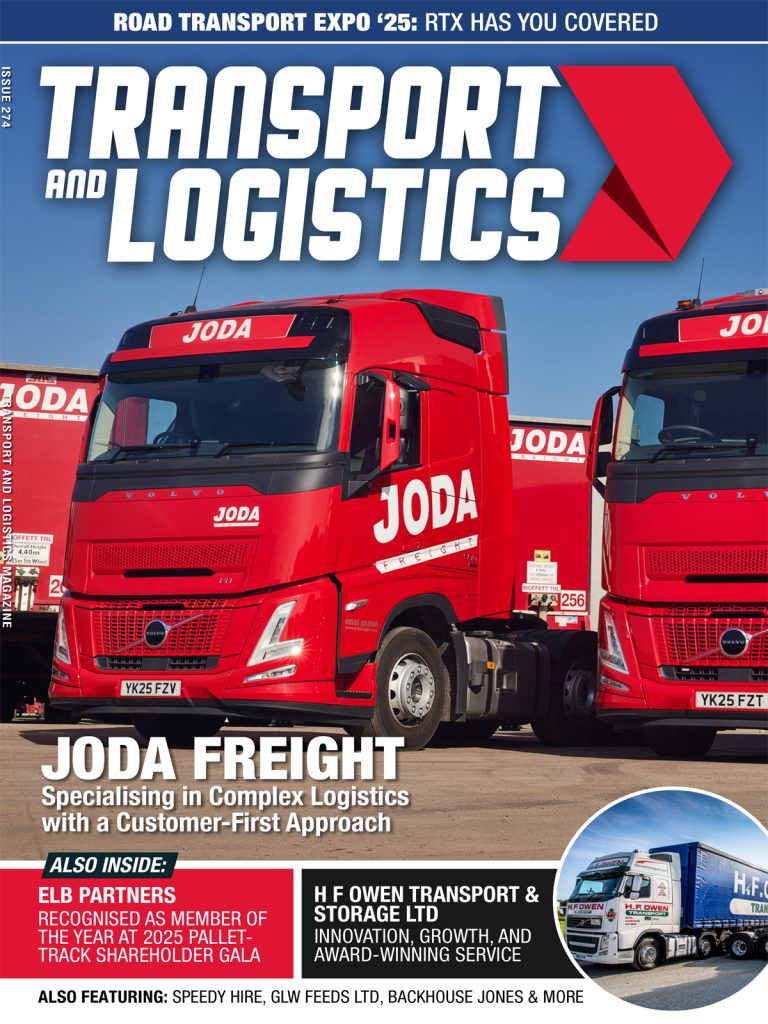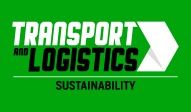Clean Air Zones (CAZs) are not the most effective way to reach government-imposed air quality improvement targets, according to FTA, the voice of the UK logistics sector. FTA has written a briefing note to support local authorities which have been asked by government to model CAZs, explaining the limitations of these disruptive schemes and advising them on alternative solutions. This includes incentivising the uptake of alternatively fuelled and electric commercial vehicles, better management of congestion, and enabling more deliveries to be retimed.
Natalie Chapman, Head of Urban Policy at FTA, comments: “FTA and its members are committed to reducing harmful emissions from the logistics sector and takes its responsibility to do so very seriously. That is why we are so keen to ensure local and national governments are using the most effective approach to improve air quality across the UK. Clean Air Zones – schemes designed to discourage the use of older, more polluting vehicles (pre-Euro VI/6 models) by imposing a charge upon them as they enter a designated area – will not provide any lasting benefit to air quality; they also hit the small businesses and specialist operators who can least afford to pay.”
Ms Chapman explains: “In the view of FTA, any air quality benefit derived from CAZs will be very short lived as the Euro VI/6 vehicles required to enter a zone without charge will come into fleets of their own accord, as part of the natural fleet replacement cycle. Euro VI has been mandatory in all new trucks since 2014; by the start of 2021 – when many of these CAZs are due to go live – FTA estimates that more than half of the UK truck fleet will already be Euro VI; the scheme will soon become redundant.
“FTA has produced a briefing note to support local authorities mandated by government to consider implementing a CAZ in the coming years to warn them of the limitations of the scheme. Within the document we also detail the alternative solutions that would deliver lasting impacts to urban areas; not just in air quality, but in greenhouse gas emissions, safety and efficiency. This includes our advice to authorities to focus their resources on incentivising the uptake of alternatively fuelled and electric commercial vehicles. We want to see local authorities build more charging points for electric vehicles and work alongside electricity suppliers to ensure there is enough grid capacity to support these developments.”
